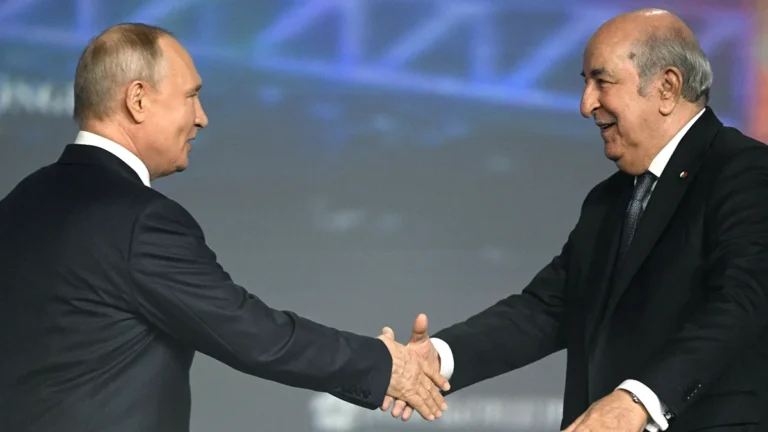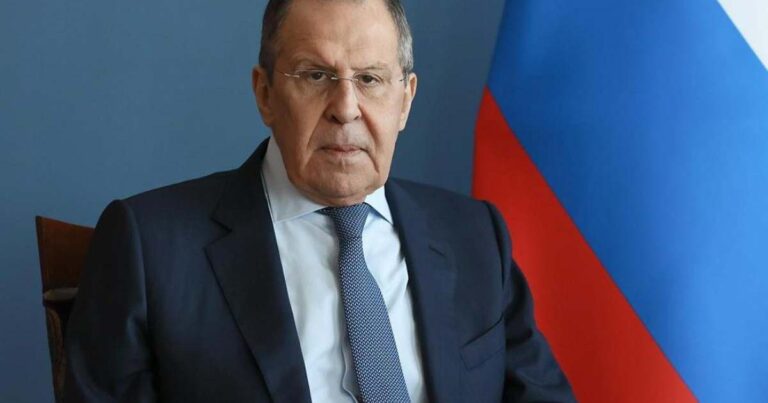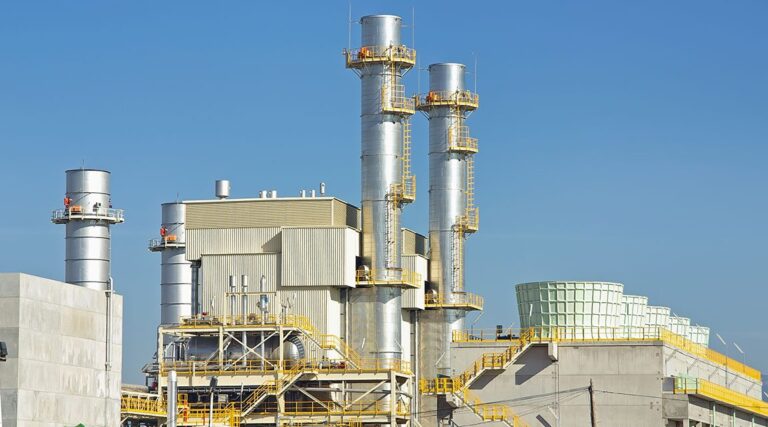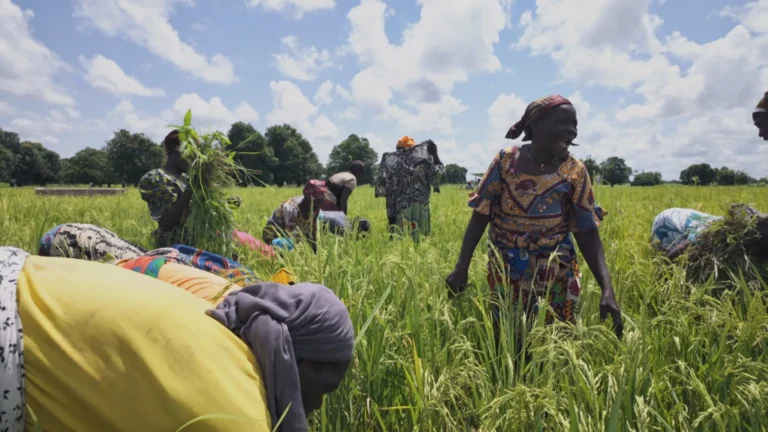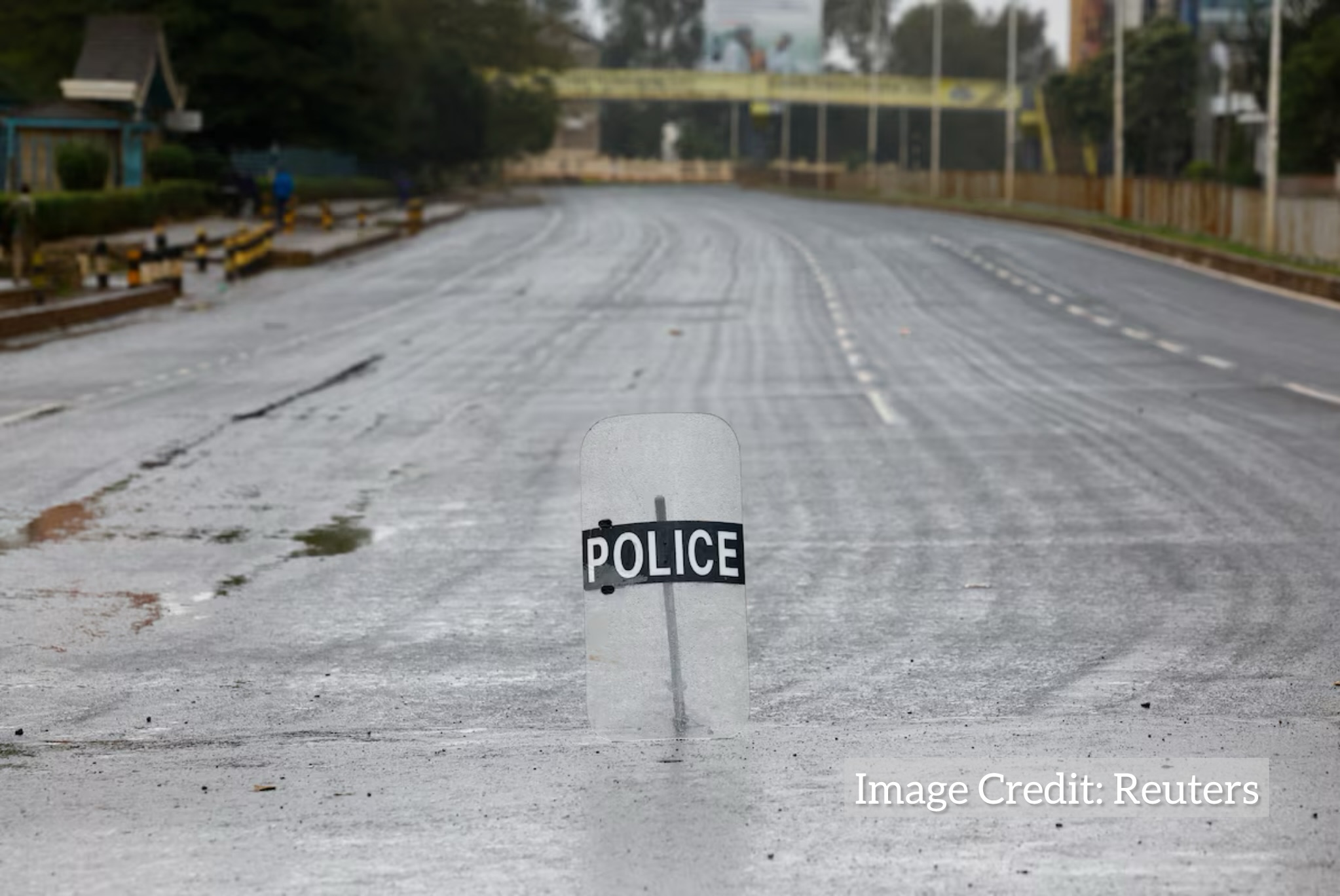
Kenya’s 35th commemoration of Saba Saba, the landmark day for democracy and political freedom, unfolded on Monday under an oppressive climate of state-enforced silence and widespread unrest.
What began as a symbolic remembrance quickly descended into chaos, as the capital Nairobi and several other towns were placed under virtual lockdown, sparking confrontations between demonstrators and heavily armed security forces.
A capital under siege
From dawn on July 7, Nairobi was brought to a standstill. Main roads were barricaded, public transportation halted, schools and malls shuttered.
Heavily armed security forces fanned out across the city in a pre-emptive bid to suppress planned demonstrations.
Despite the sweeping restrictions, small groups of mainly young protesters attempted to gather in central Nairobi.
Police responded forcefully with tear gas, water cannons, and, in some instances, live ammunition. In Kangemi, a densely populated western suburb, clashes turned particularly violent.
Other flashpoints emerged in the towns of Nakuru, Nyeri, and Embu, where mounted officers were deployed to disperse crowds.
A legacy of resistance reignited
Saba Saba, meaning “seven-seven” in Swahili, marks the anniversary of the July 7, 1990 protests that catalyzed the end of Kenya’s one-party system under President Daniel arap Moi. This year, however, the date has come to represent the growing disillusionment with governance, rights abuses, and police brutality.
The recent death in custody of prominent activist and blogger Albert Ojwang has fanned national outrage.
According to the National Human Rights Commission, 19 people have died in recent protests, with charges of murder filed against six individuals, including three police officers—who have all pleaded not guilty.
Civil society under threat
Originally intended as a tribute to the champions of Kenyan democracy, this year’s Saba Saba rally quickly turned into a flashpoint of resistance against a government many now view as repressive.
On the eve of the anniversary, gunmen stormed a press conference at the Kenya Human Rights Commission headquarters, where staff had been denouncing enforced disappearances and extrajudicial killings. The assault underscored the perils facing civil society actors.
With official bans in place, social media platforms became the primary avenue for mobilization.
Though heavily policed, spontaneous protests erupted in Nairobi’s outskirts and other towns, reflecting widespread frustration and defiance.
Democracy under strain
While public dissent has intensified, the government has doubled down on its security approach, offering no visible gestures toward dialogue or reform.
Critics argue this hardline stance reflects a troubling return to the authoritarian tendencies of the past.
As the day drew to a close, many Kenyans were left questioning whether the democratic gains secured since 1990 are now at risk.
Amid the tear gas and tension, one sentiment reverberated among protesters: the fight for Kenya’s democratic soul is far from over.
